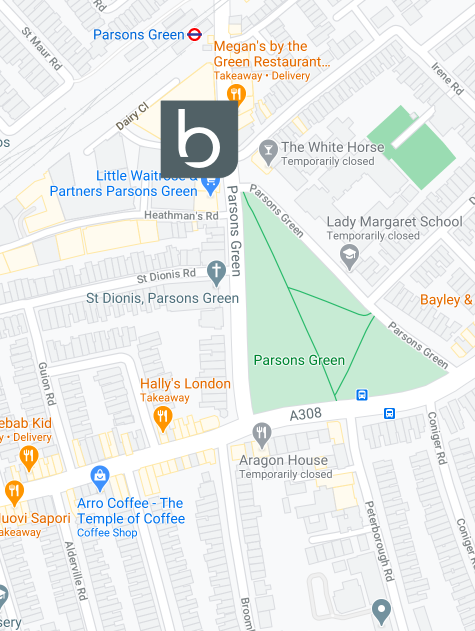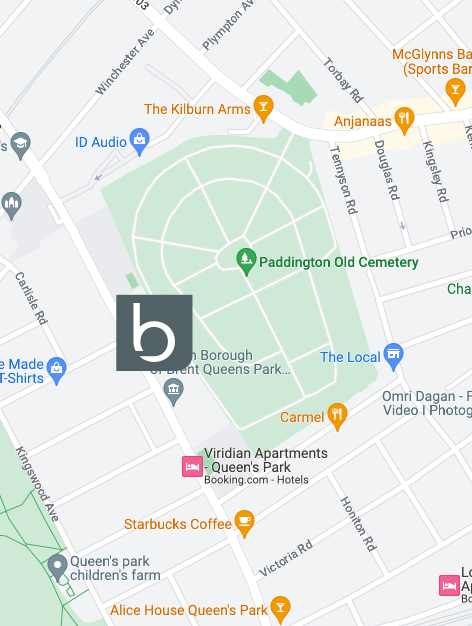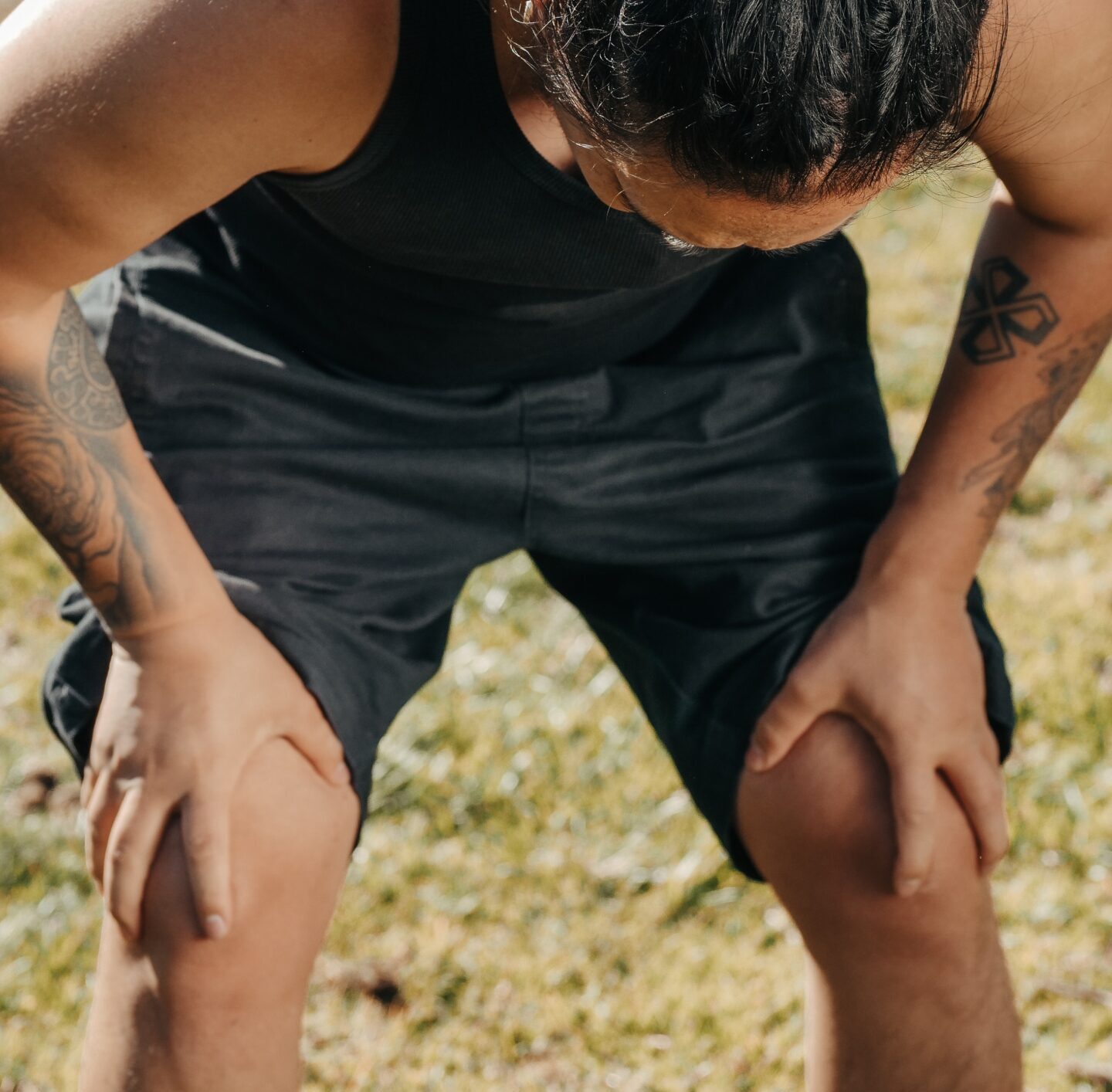
Close
Enquiry
Please see contact information below or complete the form and we will get in touch with you.

Parsons Green
3rd Floor Brigade House
8 Parsons Green
London
SW6 4TN

Queen's Park
2nd Floor
105-109 Salusbury Road
London
NW6 6RG

Jesse's House
8-10 Heathmans Road
Parsons Green
London
SW6 4TJ
Five top tips for beating patellofemoral knee pain

Knee pain is a common problem that we are confronted with at the Beyond Health physiotherapy clinic. Many of these cases are diagnosed as patellofemoral pain (PFP/PFPS), also known as patellofemoral joint pain (PFJ). This knee injury effects both the young and old, and occurs mainly in active people, although it can also develop in the inactive. It is suffered by 23% of the general population, rising to 29% in adolescents. This can rise to 45% in the sporting population.
Patellofemoral pain is most commonly located around the front of the knee. Patients may also have a sense of tightness in the knee area. Running, sporting activities, walking down stairs and sitting for prolonged periods can aggravate these symptoms.
Here, Beyond Health sports physiotherapist and co-founder Joseph Lawrence shares five top tips for avoiding PFP for dealing with this debilitating injury when it arises…
1. Don’t overload your knees
Be careful with rapid changes in the amount of load you are subjecting your body to. Our bodies can cope with about 10% increase each week, but any more than this can result in overload, causing pain to develop. This could be more running, fewer rest days, sudden increase in walking or a ski trip without sufficient preparation! If you try to do too much too quickly, you will feel it in your knees.
2. Stop your knee injury in its tracks
It’s very rare that you can ‘push through’ PFP or other knee injuries, whether you are doing exercise or are simply walking from A to B. Just trying to get on with things will only make your injury worse and prolong your recovery. Stop aggravating it by limiting your activity, ice the knee in question to settle the inflammation and seek professional advice from a physiotherapist near you as quickly as possible.
3. Get an accurate diagnosis for knee pain relief
As well as patellofemoral pain, there are several other types of knee strain, inflammation and soreness, so you need to identify the exact nature of your injury, as the solutions can vary wildly depending on what is going wrong. By taking a detailed history and conducting a thorough assessment, a skilled clinician will not only accurately diagnose the source of your knee pain, but will also identify the factors causing it. This is crucial in achieving long-lasting outcomes and returning you to the sport and activity you love as quickly as possible.
When a pain-free knee bends, the knee cap is pulled over the end of the thigh bone by the thigh muscle in a straight line. However, patients with patellofemoral joint pain usually have abnormal patella tracking, with the knee cap pulled towards the outside of the joint. This out-of-alignment pathway causes the under-surface of the patella to ‘grate’ and ‘grind’ within the joint, causing knee inflammation and pain.
4. Physio that combines manual therapy and exercise rehabilitation is key
Patellofemoral pain is usually caused by a combination of tightness in some muscles/connective tissue and weakness in others. Thus, treatment which addresses the tightness with massage, acupuncture and mobilisation, coupled with exercise-based rehabilitation that addresses the weakness is critical. The former is all about pain relief and the latter focuses on building up strength to protect your from injury recurrence. Excellent long-lasting results require a detailed and tailored rehabilitation programme because everybody’s body is unique and the improvement in strength takes many weeks, no matter what age you are or what your exercise regime looks like.
5. What is happening above and below the knee?
The knee cap is, in essence, a pulley system. This allows powerful forces to be transferred through it, so it’s no surprise that if your pulley system is running ‘off centre’ and abnormal patella tracking occurs, you will run into problems. It is common for us to see foot mechanics create a rotational movement in the shin bone which pulls the pulley out of alignment. Weakness in the hip can also let the knee drift inwards, again pulling the pulley out of alignment.
Therefore, the solution to your knee pain is often addressing the positioning of your knee and associated areas of your body, and increasing the strength above and below the injured area. At Beyond Health, as part of a biomechanical screen that incorporates video analysis, we review running and walking styles, gait and posture, making adjustments to improve alignment and building a rehab programme to restore any strength deficits that are identified.
6. Commit to your rehab!
‘Brush your knee’ exercises are exercises you should do often to maintain good knee health. Maybe not as often as twice-a-day like with our teeth(!), but enough to ensure you experience the benefit. Your physio will help you establish which exercises you should do and how often you should do them. Patients with serious patellofemoral syndrome will need roller treatment and plenty of stretching, while less severe cases will require focus on control and strength exercises. These can be done at home or weaved into your gym routine.
Here at Beyond Health, we treat all types of injury and specialise in getting patients back to full health and performing at level post-injury that exceeds their previous goals and expectations. Our RESTORE>TRANSFORM>PERFORM programme is all about creating individualised recovery plans that respond to our patients’ unique needs. Find out more and book a consultation, here.
Read our blog on Patellofemoral knee pain: everything you need to know.

